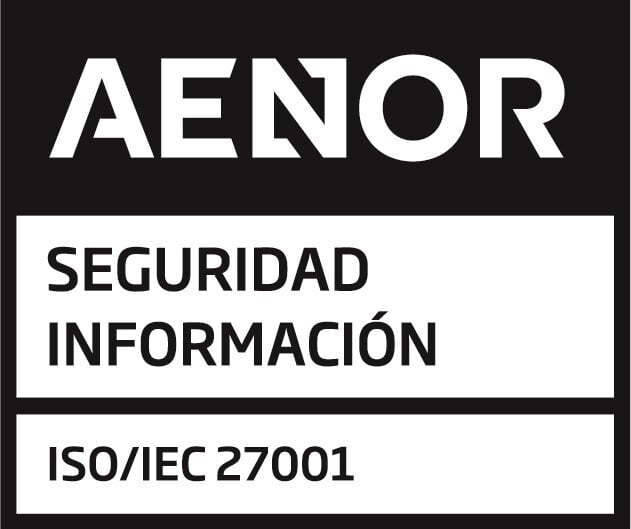Solar, wind, and other renewable energy sources are growing rapidly globally owing to their cost competitiveness and reliability. As the IEA recorded, the sources grew at 7% in 2020, with solar and wind accounting for 60% of this growth.
You may already have noticed an increase in accessibility to renewable energy via power purchase agreements (PPAs) – long-term contracts between renewable energy developers and energy consumers for energy consumption. The year 2020 was a record-breaking one, with at least 130 companies from various sectors signing agreements amounting to 23.7 Gigawatts (GW) of renewable energy.
So what is a PPA and how can you undertake it?
Components of a Power Purchase Agreement
A PPA is a setup whereby an energy producer supplies another party at an agreed rate over a specified period. In the simplest terms, it is a legal agreement between an energy consumer and an energy producer.
Under this setup, the power producer owns the system even if it is on the consumer’s property. The consumer buys energy, usually at a lower cost and without upfront investment. The producer gains from tax credits.
Some terms under a PPA are:
- Project commencement date
- Power delivery schedule
- Amount of power to be sold to the customer
- Non-compliance repercussions
- Provision for termination
The terms can last for up to 20 years but are negotiable based on the needs of the developer and power consumer.
Here are the options
You have a wide pool of PPAs to choose from. Below is a rundown of the most popular ones for renewable energy assets:
Feed-in Tariff
Feed-in tariffs (FITs) are popular with solar PV. They have been instrumental in the fast penetration of this and other renewable energy technologies. With this contract, RE system owners sell excess power back to the grid. The grid operator pays a particular amount as determined by the FIT. With the spread and increased competitiveness of solar PV, FITs are slowly losing relevance.
Community Solar
Community solar may be termed as a solar system that offers multiple community members power and/or monetary benefits. These members come together voluntarily and could be owners of the system. This setup is suitable for property owners who decide not to install residential systems on their roofs, renters, and those whose homes have shaded roofs.
Utility PPA
This is a standardized agreement that involves a utility or local transmission distribution firm and a power producer. In this setup, the utility company doesn’t consume the power, instead, it supplies to its clients.
Merchant PPA
This PPA involves the sale of wholesale energy to an energy exchange or market. Energy sale is usually for a brief period, say day-ahead or hourly. Compared to a fixed bi-lateral PPA, merchant PPA may fetch more revenue.
Corporate PPA
In this arrangement, the legal agreement is between a company and a power producer. The company is the end-user of the power.
How developers can benefit from PPAs
There are many reasons why a developer may find sense in investing in a PPA. It is a clean energy investment that could go a long way in endorsing a developer’s sustainable goals, while also creating an income source devoid of excessive property cost.
When a developer signs an agreement with a property owner for the installation of a solar or wind system, the goal is to produce more electricity than the owner needs. The developer can then sell the excess electricity to the grid at a profit, which eventually pays back the installation cost and generates profit.
There are other related benefits of this setup for a developer including the potential of creating lasting relationships with customers, lengthy revenue certainty allowing for investment in new assets, investment decisions relying on the metric of profitability against risk, and the RE projects being bankable.
Proper Management of a PPA
For the PPA to be effective, here are the necessary conditions or steps:
- Ensure availability of the building and refinancing of the grid-connected renewable energy project
- Determine whether the PPA is virtual or physical
- Interested buyers send offers to the producer through quotations or requests for proposal
- The energy producer compares the offers and looks out for missing details
- Contract negotiations start. These can last up to 1 year as the parties discuss the PPA specifics
- The producer and the energy customer can now sign the PPA
- PPA management commences, whereby risks and sales are put under control.
Parting Shot
When well established, a PPA can benefit all parties – investors, customers, and developers. The investor offers capital, the power producer avails the technical expertise, and the customer provides revenue from electricity savings.
Without PPAs, the renewable energy industry would crumble under upfront cost requirements for clients, a smaller market for investors, and the fact that lending capital for RE purchases is not as bankable as PPAs.
The financial viability of renewable energy systems is undeniable.
If you are in more information about PPAs, we recommend you engage a trusted consultant. Contact experts at QBI for more.
